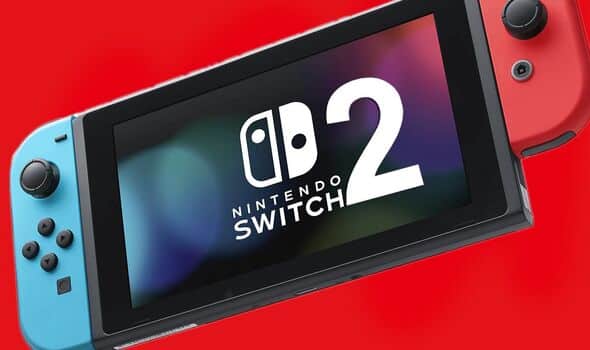A fresh collection of 3D models and video game hardware images is making rounds, revealing the anticipated upcoming design of the Nintendo Switch, which, as expected, we’ve been referring to as the Nintendo Switch 2 until Nintendo inevitably opts for a more nonsensical moniker.
The leaked, though unverified, images, as shown embedded below, appear to be the renderings that VGC has confirmed with a reliable source, resembling the console’s design, and there are at least a few hardware images included in them.
Rumor: leaked photos of Nintendo Switch 2 design https://t.co/YLeJgmvywH
— Wario64 (@Wario64) September 18, 2024
"While the images are unverified, one source, who has not seen the final ‘ Switch 2’ console but has been briefed on Nintendo’s plans, told VGC that the Reddit images match what the company has told… pic.twitter.com/0zqvUM4SnR
The most noticeable aspect is that it resembles a Nintendo Switch. This observation is both unexpected and not surprising, even if it doesn’t immediately make sense.
The unexpected element is the minimal changes it’s undergoing, considering Nintendo’s history of hardware advancements. From the NES to SNES to N64 to GameCube to Wii to Wii U to Switch, there’s usually a noticeable evolution in design and features across generations. Here, it’s being likened to an “iPhone upgrade” that’s barely distinguishable, but might be slightly thinner, have a larger display, etc. It appears that some of the improvements the Switch has already received, like the OLED version, are being compared to.
However, the unsurprising aspect is, considering the success of the original Switch, why would there be a need for such significant changes? The Switch has already sold 143 million units, making it the second best-selling console, just behind the PS2 and the Nintendo DS, and possibly in a more competitive market, even facing competition from mobile devices. There’s really no need for additional features or accessories here, as the primary demand from players seems to be a substantial upgrade to their existing Switch, which appears to be the direction this is heading, even if it will still lag behind the latest PS5 and Xbox Series X. The aim seems to be achieving PS4-level graphics, which seems logical given the progression of the previous generation.
Additionally, there’s a detailed specifications list from the same report, providing a technical breakdown of “it’s more powerful,” if that’s of interest.
- SoCl (CPU + GPU) model: GMLX30-R-A1.
- Memory model: MT62F768M64D4EK-026 (6GX2 dual channel, LPDDR5X, 7500 MT/s)
- Flash memory model: THGJFGT1E45BAILHW0 (256GB, UFS 3.1, manufactured by Kaixia, 2100 zB/s).
- Audio chip model: Ruiwu ALC5658-CG.
- NFC reader model: NXP IPN7160B1HN
- Built-in microphone model: CMB-MIC-X7.
- Dual cooling fans, model BSM0405HPJH9 and BSM0505HPJQC (copper gaming heat sink).
- Video signal conversion (DisplayPort to HDMI) must be chip model; Ruixian RTD2175N must be chip (support HDMI 2.1).
- Network chip model: Ruiming RTL8153B-VB-CG and Gigabit Ethernet chip (the base has a network cable interface).
- Microcontroller chip model: STMicroelectronics JSTM32G0OB0OCET6.
- Video game console protective case model: HGU1100 (size: 206 x 115 x 14mm, made of plastic).
- Speakers: MUSE BOX-L and MUSE BOX-R (two-channel stereo).
It’s commendable that Nintendo has chosen not to overly complicate things by trying to reinvent the console and potentially falling into the trap of the Nintendo Switch debacle. It seems that a superior Switch is all that’s desired, and it appears that’s exactly what’s being delivered.


